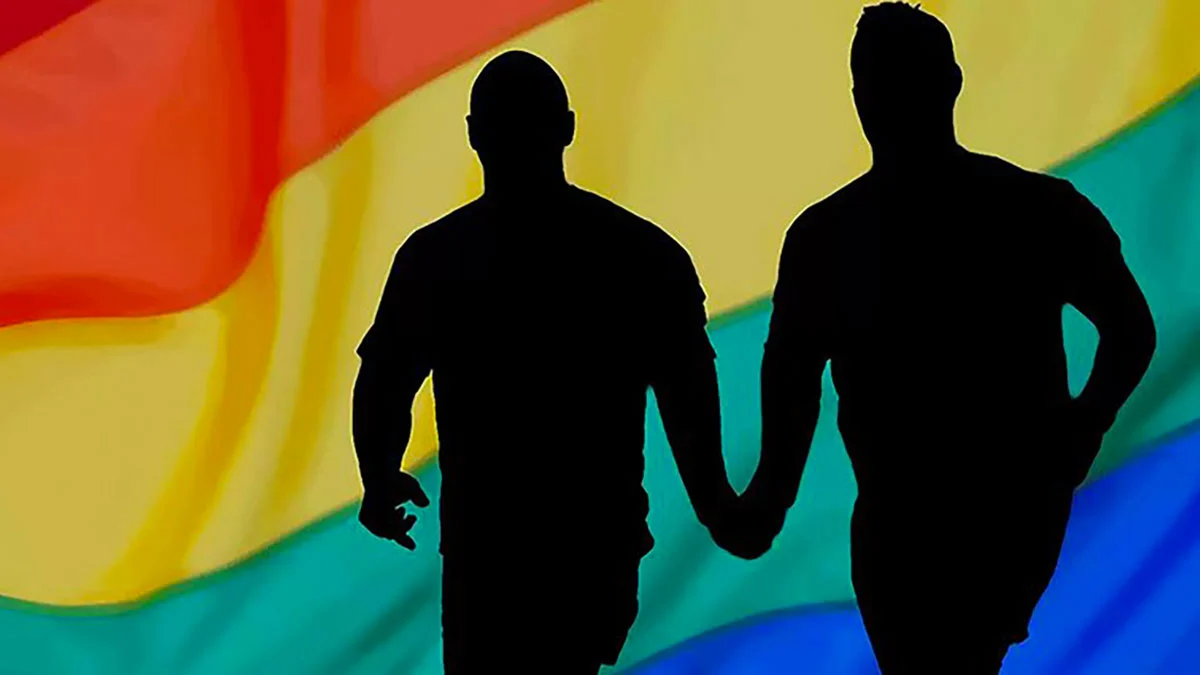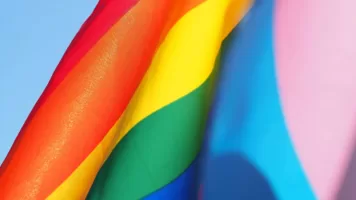GLSEN’s research brief, The Experiences of LGBT Students in School Athletics, is an in-depth look at the experiences of LGBT student athletes, using data from GLSEN’s 2011 National School Climate Survey. The survey included responses from 8,584 secondary school students between the ages of 13 and 20. Respondents were from all 50 states and the District of Columbia and from 3,224 unique school districts.
“GLSEN’s groundbreaking research has delved into nearly every aspect of school life for LGBT youth, and our findings demonstrate the concrete benefits that school athletics can provide LGBT students,” said Dr. Eliza Byard, GLSEN’s Executive Director. “We have also found critical gaps of safety and support that highlight the need for coaches, P.E. teachers and athletic directors to take action to ensure that school gymnasiums, playing fields and locker rooms are safe, inclusive and respectful places for all students.”
Findings in this new research brief uncover 4 key concerns:
1. Physical Education classes were unsafe environments for many LGBT students.
2. LGBT students may be underrepresented on extracurricular sports teams.
3. Many LGBT students experienced discrimination and harassment in school sports.
4. LGBT student athletes may not be fully supported by school athletics staff and policies.
The fact that LGBT student athletes reported better academic and mental health outcomes than non-athletes, also discussed in the brief, exacerbates the concern that LGBT students are often excluded from these activities and their accompanying benefits. Among the supporting evidence:
Many LGBT students in school participated in interscholastic sports (23.2%) or intramural sports teams (13.4%), yet LGBT students were about half as likely to play interscholastic sports as their non-LGBT peers (23.2% vs 47.8%).
LGBT student athletes reported higher grade point averages (GPAs) as team members (3.2) and team leaders (3.4) compared to non-athletes (3.0). LGBT student athletes were also more likely to report having higher self-esteem and feelings of belonging to their school.
More than a quarter of LGBT student athletes reported having been harassed or assaulted while playing on a school sports team because of their sexual orientation (27.8%) or gender expression (29.4%).
More than half of LGBT students who took a P.E. class were bullied or harassed during P.E. because of their sexual orientation (52.8%) or gender expression (50.9%).
LGBT students commonly avoided athletic spaces at school including locker rooms (39.0%), P.E. classes (32.5%) and school athletic fields and facilities (22.8%) because of feeling unsafe or uncomfortable.
A vast majority (74.9%) of LGBT students said that they were uncomfortable talking to their P.E. teachers or coaches about LGBT issues. Students who did feel comfortable talking to their P.E. teachers or coaches experienced less discomfort, harassment and assault in athletics than their peers who did not feel comfortable.
Resources are available to educators, parents and student athletes interested in addressing LGBT issues in school-based athletics. In 2011, Changing the Game: The GLSEN Sports Project was developed to assist K-12 schools with creating safe and respectful sports and physical education environments for LGBT students. GLSEN’s Changing the Game offers a variety of strategies and resources for P.E. teachers and coaches to incorporate into school athletic programs.



